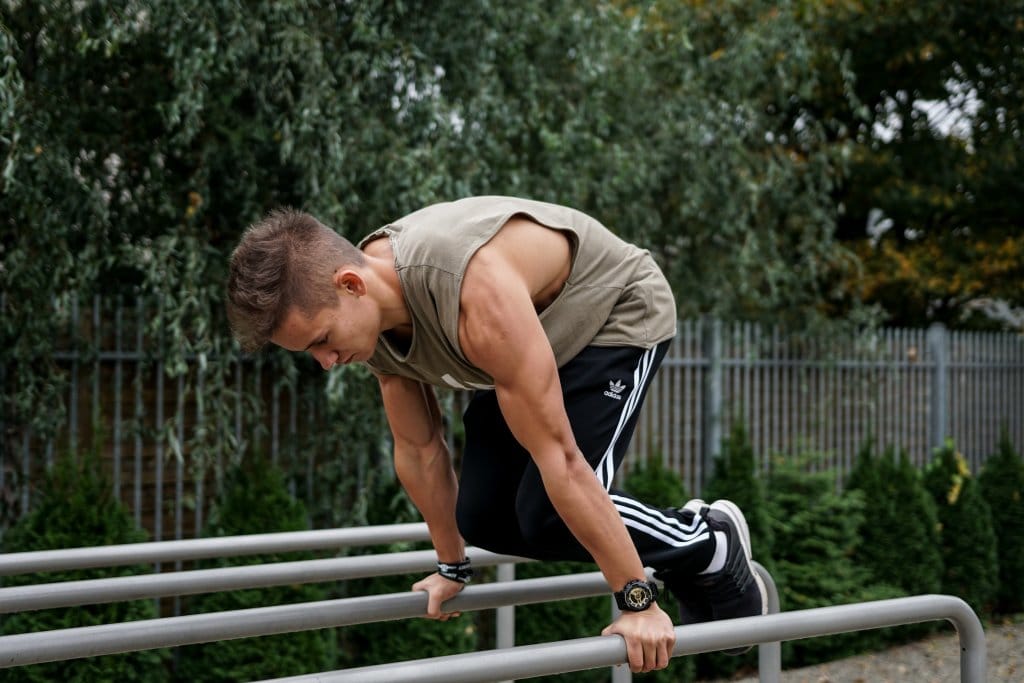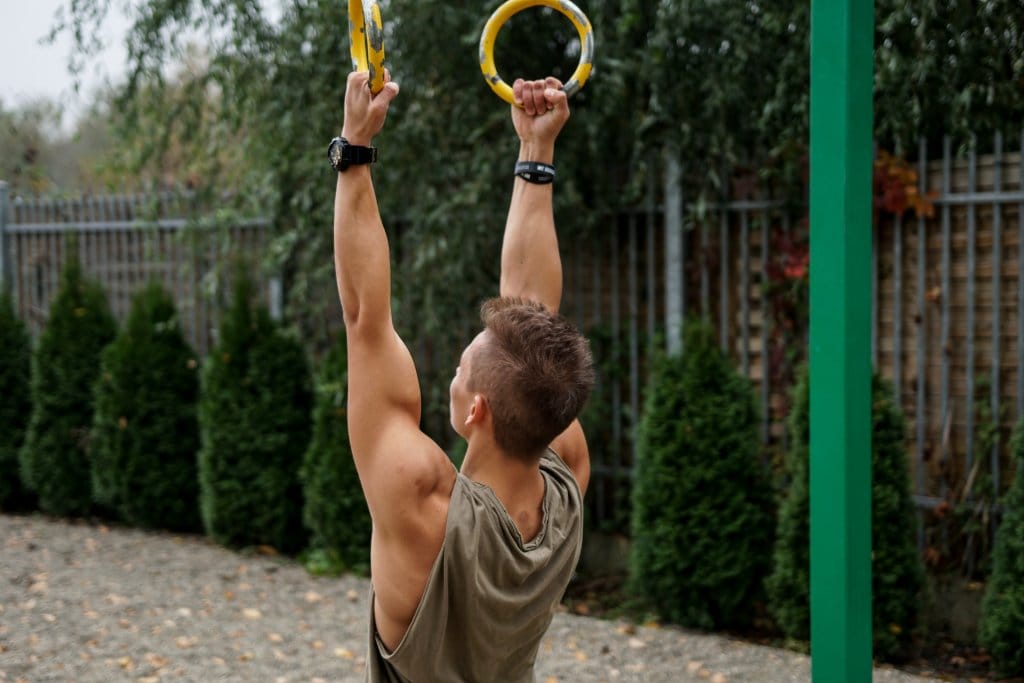
What Is a Superset and How Include It to Your Workout
If you are thinking about getting the most out of your gym time, supersets will be the best choice for you. They allow you to work all your muscle groups more entirely while still getting enough recovery. You don’t have to be a bodybuilding freak to include the superset to your usual strength training routine. Even though supersets are quite popular in the workout world, there’s still a lot of confusion about what they are and how to do them right. Let’s straighten it out!
What Is a Superset?
In its simplest terms, a superset involves two exercises done together with no rest in between (you do rest after the second one, however). For instance, you can perform five pull-ups followed by five push-ups. Then you take rest and repeat the two exercises until you’ve completed the desired number of sets. Here’s another example. You do a set of biceps curls and a set of triceps dips, alternating until you’ve completed all the sets.
Keep in mind that a superset is not choosing exercises randomly. First all you have to design it intelligently. What does mean? You need to set a goal. Ask yourself what would you like to
achieve? Then put the exercises correctly and boost performance. Superset allows you to build muscle and endurance, and cut your workout time in half. The study published in the Journal of Strength and Conditioning shows that supersets burn more calories during and after your workout than traditional resistance training. Remember, supersets don’t affect such things as injuries, but mainly bad technique and muscle imbalance.
While defining a superset, it is worth to mention about the difference between a set and a superset. Keep in mind that a set is a certain number of reps of one exercise. For example, if you perform ten push-ups, then you take some rest and next repeat it to complete another set.
Types of Supersets
If you want to perform effective exercises, you should learn the different types of supersets and how they can help you compose a complex workout. Knowing the types of supersets allows you to understand the purpose of including superset to your daily training routine.
Let’s start with a true superset, called an antagonist superset. In simplest terms, it is when you’re doing two exercises that target opposing muscles groups. The reason why you should add this to your workout is that your muscles will recover faster in between sets. It will significantly reduce the need for a break or rest time between exercises.
Another type is the compound set, also called an agonist superset. It refers to the situation where both exercises work the same muscle groups. For example, you perform a push-up and a dumbbell bench press. The agonist superset will target one zone and get it burning. It allows you to add intensity and volume to a workout as well as focusing on particular muscle groups. Even this superset has plenty of benefits it is the most challenging type. Some of the trainers also argue that you shouldn’t call these supersets at all.
There is also an unrelated superset. While performing this type, you do the two exercises while using entirely different muscles groups. For instance, you combine lunges and biceps curls. The most significant advantage of an unrelated superset is that there is no loss of strength in going from one exercise to the other. You can prepare effective training without feeling exhausted. This is the worst option because the training plan should be arranged according to your anatomy. Keep in mind, combining bottom-up exercises with upper body exercises, especially if they are isolation exercises, is pointless.
What Are the Benefits of Supersets?
Supersets will allow you to build up muscles that are opposing each other but use different exercises for the main muscle group. For example, it’s common to superset biceps and triceps exercises, alternating between curls and rope push-downs. While the larger muscles of the biceps and triceps are on opposing sides of the arm, the two muscle groups still have to work together.
Overall the supersets allow you to make your training shorter. While performing a superset, you overtrain the muscle groups that work as antagonists. This gives you the confidence to evenly distribute the training volume to these muscle groups.
When you shorten the rest period between sets, it will increase intensity by performing more work in less time. It is accurate if you are used to long periods of rest between sets. Supersets also allow you to increase the intensity of your workout by overloading a muscle. These may be performed without the usual heavyweights since two exercises damage the muscle without recovery.
How to Incorporate Supersets to the Workout?
The main reason why exercise enthusiasts choose a superset is its effectiveness. In other words, supersets increase the intensity of the workout while reducing the time it takes to execute the training routine. The superset is a win-win situation, though.
As long as you know that supersets are making your workout more efficient, time to find out how to use supersets to boost your training or focus on specific aims seriously? If you want to improve your personal record (PR), you should try an activation-based compound set. Before performing a big lift, you have to activate certain relevant muscles with a set of explosive exercises. If you’re trying to boost your squat performance, first you have to do 1 to 3 reps of an explosive movement using your legs and then, you superset that with your heavy squats. This allows you to be more explosive when comes to heavier lift.
Check out a pre-fatiguing exercise if you want to target a specific muscle. You have to tire out one muscle group with the first exercise to let another one do more of the work in the second exercise. For instance, you can try superset squats with an exercise that get your quadriceps tired, so that they capitulate and allow your hamstrings and glutes to take on more of the load during your squats. You can also try a post-fatiguing exercise. The exercise order is reversed. It also allows you to stimulate the target muscle fully
Would you like to focus on several parts of a muscle at the same time? The best choice will be an isolation exercise. It refers to pairing two isolation exercises for the same muscle group. For the biceps, that could be an exercise that concentrates mostly on the long head and one that focuses on the short head. This is a bit demanding because you have to pick exercises that actually work different parts of the muscle. If you choose two movements targeting the same area, you’re training won’t be effective.
Common Superset Mistakes to Avoid
The first grave mistake during practicing superset is pairing core with other exercises. When you are continually taxing your core in between sets of heavy lifting, you run the risk of eliminating an integral source of support. This is especially accurate when it comes to big movements that require a lot of stability through your pillar (your shoulders, hips, and core integrating together). Keep in mind that if you’re using supersets to maximize your gains, better to save the core work for the end of the workout or another day. Don’t forget that your core is responsible for stabilizing and helping you lift, so you don’t want to fatigue it.
Often while doing a superset people are performing successive compressive moves. What does mean in practice? During this kind of movements, your spine is compressed. When you superset two super-compressive exercises together (like a weighted squat or lunge), that’s where trouble can begin, including back pain or injuries. Keep in mind that the compression is not entirely wrong. But when you consistently compress your spine, it can cause a long-term problem or even fatigue some of those spinal stabilizers. Instead, focus on a non-compressive exercise such as triceps dips, pull-ups, glute ridges, or any suspension exercises. In other words, anything where your arms are fixed in place, but your feet are free to move.
When comes to superset many people forget about doing back-body exercises first. You have to train first your posterior chain. These are the muscles running down the back of your body. If you start with training of these muscles, you will gain more activation and stability for the movements that come after. Remember that prioritizing posterior chain movements allows you to handle more for more repetitions, as well as make the workout feel easier. For instance, if you’re going to superset a dumbbell bench press and a kettlebell row, do the row first; it’ll activate all those stabilizing muscles around your shoulders and boost stability and enhance performance for the press.
Summary
Undoubtedly, the supersets are an excellent way to maximize your time in the gym. They can help you keep your muscles active, break through obstacles, and avoid burnout or boredom.
Keep in mind that each workout is different, entirely individualistic and goal-oriented. You can follow these rules or ask your trainer for more advice if you’re still unsure how to build your supersets. Remember, the most important is to keep your training safe and smart.




